
 注册领资料
注册领资料

 注册领资料
注册领资料

The city is an extraordinary processor of mass and energy and has its own metabolism. A daily input of water, food, and energy of various kinds is matched by an output of sewage, solid waste, air pollutants, energy, and materials that have been transformed in some way. The quantities involved are enormous. Many aspects of this energy use affect the atmosphere of a city, particularly in the production of heat.
In winter the heat produced by a city can equal or surpass the amount of heat available from the Sun. All the heat that warms a building eventually transfers to the surrounding air, a process that is quickest where houses are poorly insulated. But an automobile produces enough heat to warm an average house in winter, and if a house were perfectly insulated, one adult could also produce more than enough heat to warm it. Therefore, even without any industrial production of heat, an urban area tends to be warmer than the countryside that surrounds it.
The burning of fuel, such as by cars, is not the only source of this increased heat. Two other factors contribute to the higher overall temperature in cities. The first is the heat capacity of the materials that constitute the city, which is typically dominated by concrete and asphalt. During the day, heat from the Sun can be conducted into these materials and stored—to be released at night. But in the countryside materials have a significantly lower heat capacity because a vegetative blanket prevents heat from easily flowing into and out of the ground. The second factor is that radiant heat coming into the city from the Sun is trapped in two ways: (1) by a continuing series of reflection among the numerous vertical surfaces that buildings present and (2) by the dust dome, the cloudlike layer of polluted air that most cities produce. Shortwave radiation from the Sun passes through the pollution dome more easily than outgoing longwave radiation does; the latter is absorbed by the gaseous pollutants of the dome and reradiated back to the urban surface.
Cities, then, are warmer than the surrounding rural areas, and together they produce a phenomenon known as the urban heat island. Heat islands develop best under particular conditions associated with light winds, but they can form almost any time. The precise configuration of a heat island depends on several factors. For example, the wind can make a heat island stretch in the direction it blows. When a heat island is well developed, variations can be extreme; in winter, busy streets in cities can be 1.7℃ warmer than the side streets. Areas near traffic lights can be similarly warmer than the areas between them because of the effect of cars standing in traffic instead of moving. The maximum differences in temperature between neighboring urban and rural environments is called the heat-island intensity for that region. In general, the larger the city, the greater its heat-island intensity. The actual level of intensity depends on such factors as the physical layout, population density, and productive activities of a metropolis.
The surface-atmosphere relationships inside metropolitan areas produce a number of climatic peculiarities. For one thing, the presence or absence of moisture is affected by the special qualities of the urban surface. With much of the built-up landscape impenetrable by water, even gentle rain runs off almost immediately from rooftops, streets, and parking lots. Thus, city surfaces, as well as the air above them, tend to be drier between episodes of rain; with little water available for the cooling process of evaporation, relative humidities are usually lower. Wind movements are also modified in cities because buildings increase the friction on air flowing around them. This friction tends to slow the speed of winds, making them far less efficient at dispersing pollutants. On the other hand, air turbulence increases because of the effect of skyscrapers on airflow. Rainfall is also increased in cities. The cause appears to be in part greater turbulence in the urban atmosphere as hot air rises from the built-up surface.
1.The word “enormous” in the passage is closest in meaning to
A growing.
B frightening.
C very large.
D strictly controlled.
2. The word “surpass” in the passage is closest in meaning to
A remain below.
B be higher than.
C add to.
D come close to.
3. According to paragraph 2, how soon heat from a warmed house reaches the outside air greatly affected by
A how well the house is heated.
B how well the house is insulated.
C how many adults live in the house.
D how much sunshine the house receives.
4. According to paragraph 3, each of the following contributes to making urban areas warmer than the surrounding countryside EXCEPT
A the fuel burned by motor vehicles.
B the capacity to store heat of the materials used in building a city.
C the easy flow of heat into the ground in city areas covered by vegetation.
D the repeated reflection of solar radiation back and forth among buildings.
5. According to paragraph 3, why do materials in the countryside have a lower heat capacity than materials in cities do?
A The countryside in the Sun is the only important source of heat.
B Construction materials in the city are not as good at keeping buildings warm as they are in the countryside.
C In the countryside the solar heat that flows into the ground flows out again quickly.
D Countryside vegetation prevents heat from being trapped in the ground.
6. How is paragraph 3 organized?
A It describes two factors that contribute to the increased heat of cities and then provides two causes for the second factor.
B It describes two causes discovered in an early analysis of the increased heat of cities.
C It describes two factors that contribute to the increased heat of cities and two other factors that work against it.
D It describes two well-established causes of the increased heat of cities and other two whose roles are less well understood.
7. The word “configuration” in the passage is closest in meaning to
A location.
B history.
C temperature.
D shape.

申友留学APP




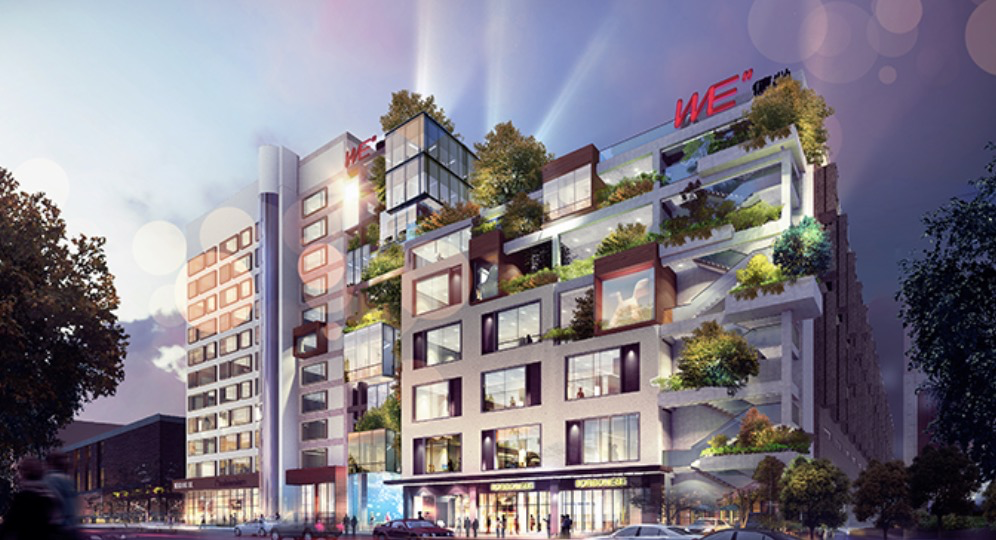
上海(总部)服务中心
地址:上海市徐汇区文定路218号德必徐家汇WE艺术湾B座
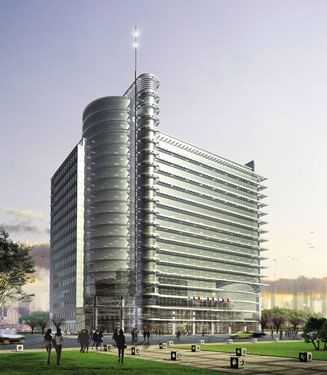
北京服务中心
地址:北京市朝阳区雅宝路7号 E园EPARK大厦4楼(预约洽谈)
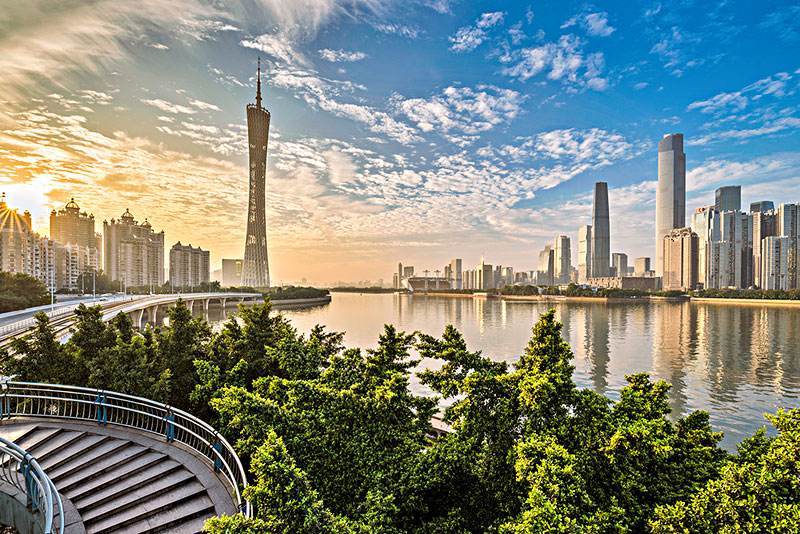
广州服务中心
地址:广州天河区华穗路406号保利克洛维中景大厦(预约洽谈)
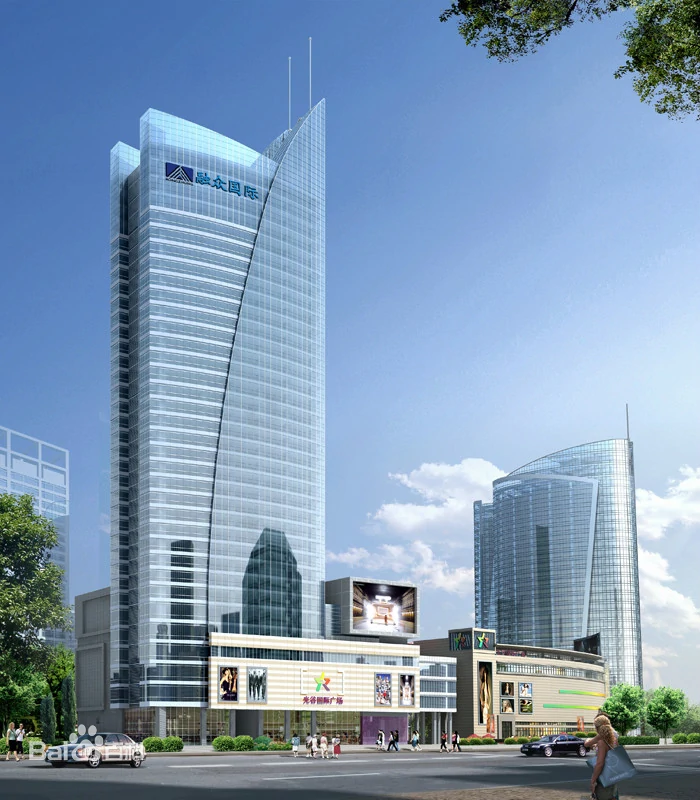
武汉服务中心
地址:武汉市珞喻路889号光谷融众国际写字楼17层1707室

成都服务中心
地址:四川省成都市锦江区春熙路街道梓潼桥正街25号西部文化产业中心8楼
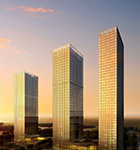
杭州服务中心
地址:杭州市江干区江锦路159号 平安金融中心B座9楼
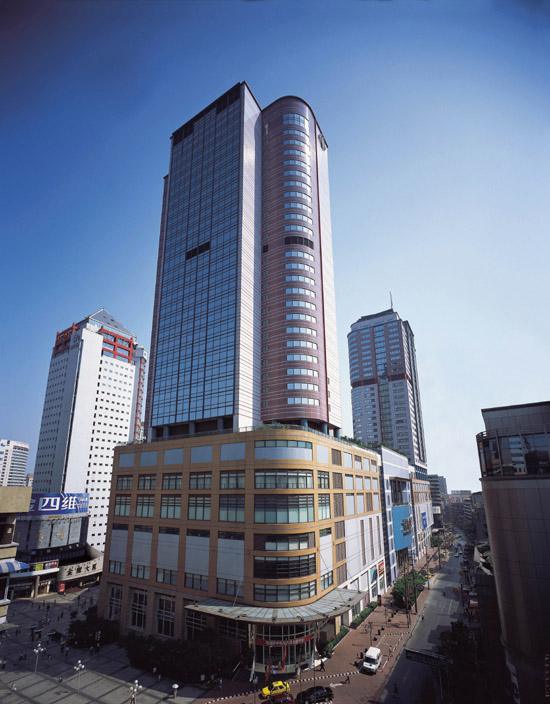
重庆服务中心
地址:重庆市渝中区邹容路68号大都会广场
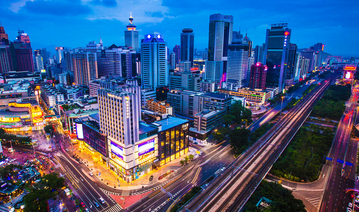
深圳服务中心
地址:深圳市南山区玉泉路116号融创毅哲大厦(预约洽谈)
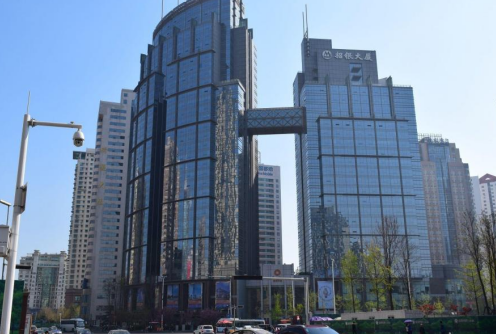
青岛服务中心
地址: 青岛市市南区南京路8号 府都大厦

我的留学方案